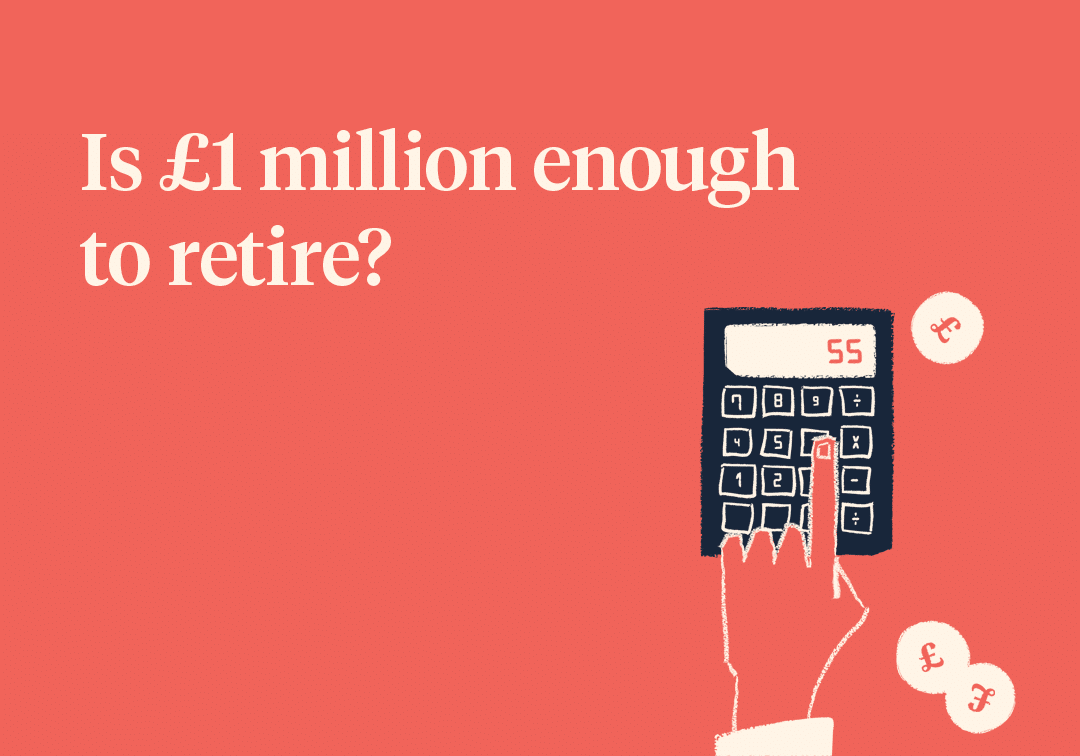Did you know that the Lifetime Allowance (LTA) tax charge on your pension could be costing you more than 55% of your hard-earned retirement savings?
The 55% tax charge for exceeding the LTA sounds intimidating enough, however, many people end up with an effective tax charge of more than this. Ironically, this is often the result of trying to beat the system.
What is the Lifetime Allowance?
The Lifetime Allowance (LTA) is the limit of the funds an individual can build within their combined pensions during their lifetime before incurring an LTA tax charge. Now, there are two important words used within that explanation that can easily get overlooked:
“Build”
“Combined”
Build – This is important to note as any growth that is made on top of your pension contributions is also included when assessing the LTA, along with any basic rate tax relief that is claimed at source for personal contributions.
Combined – All of your pension pots count towards the LTA. This means that if you are lucky enough to have an old Defined Benefit pension that you will need to factor this into any calculations also. This is typically based on 20x your annual pension at retirement plus any tax-free cash however there are many more complexities with pensions in payment pre/post 2006 and therefore it is important that you seek advice if you are affected by this.
The trap
If you are fortunate enough to have pension assets that are in excess of the LTA, you have two options when it comes to paying the charge:
- Take benefits in excess of your LTA as a lump sum and suffer a 55% tax charge.
- Take benefits in excess of your LTA as a regular income and suffer a 25% tax charge.
Do you need help with your retirement planning?
Our specialists can help you prepare for retirement and provide ongoing advice once retirement has arrived. Get in touch to discuss how we can help you.

Case study
Current LTA: £1,073,100
Current Fund Value: £1,173,100
Assuming that all three clients below are crystallised up to the standard LTA and have no form of protection, you can see the difference in the effective tax charge for taking their benefits in excess of the LTA as regular income:
| Basic rate taxpayer | Higher rate taxpayer | Additional rate taxpayer | |
|---|---|---|---|
| Excess benefit | £100,000 | £100,000 | £100,000 |
| LTA charge (25%) | £25,000 | £25,000 | £25,000 |
| Net Sum | £75,000 | £75,000 | £75,000 |
| Income tax due on remainder | £15,000 | £30,000 | £33,750 |
| Net income | £60,000 | £45,000 | £41,250 |
| Excess benefit | 40% | 55% | 58.75% |
As you can see, the only real winner in this scenario is the basic rate taxpayer. Government figures identify an 8.8% increase in pensioners who were additional rate taxpayers in 2019/20 compared to 2018/19. Whilst all of their income may not be generated from pension wrappers, the unfortunate truth is that they will still be eligible to be snared by the LTA.
Awareness
The real way to manage (manage as opposed to avoid) the LTA tax charge is to ensure that you are aware of it. You can’t expect to improve your financial wellbeing and comfort if you aren’t mindful of the obstacles that may be in your path.
In doing so, you are taking the first steps to becoming more agile in retirement. Once you have identified an issue, the next logical step is to find a solution and, in this case, changing your mindset to ensure that you do not class your “retirement” as just your “pension” can be the answer.
A simple set of standard assumptions can help you predict whether you are likely to breach the LTA in the future. However, what you choose to do next is what will save you that hefty 58.75% effective tax charge. You need to ensure that you utilise allowances within other tax wrappers as opposed to just your pension. This allows you to draw from multiple income streams and turn them on and off at your behest to control your tax liability. Consider them your very own tax taps.
The “taps”
- Individual Savings Account (ISA)
- General Investment Account (GIA)
- Investment Bonds
- Alternative Investment Market (AIM)
Watch our webinar
The Lifetime allowance – could it affect youIn conversation with Jack Munday and Jordan Gillies


Now, not everyone will be in the position to fund multiple wrappers, so the key takeaway is the importance of the balancing act. This is just as vital in the accumulation phase as it is in retirement: you’re less likely to get that nasty LTA tax charge surprise if you have been actively balancing your “taps” from an earlier age.
In practice, you can draw tax free income from your ISA; utilise your capital gains allowance within your GIA; benefit from tax deferred withdrawals from an investment bond; reduce your inheritance tax liability with AIM shares in place of pension funding; all whilst maximising the tax allowances afforded to you on an annual basis. A blend of these tactics, plus many more, allows you flexibility to control your tax position in retirement and turn on/off any taps as and when you need to.
Use these tactics effectively and you can easily draw well in excess of £125,000 per annum whilst remaining a basic rate taxpayer. Indeed, the additional rate taxpayer in the aforementioned case study could have saved £18,750 by using the above blend.
New car…or £18,750 tax bill?
Help the kids on the property ladder…or £18,750 tax bill?
Around the world cruise…or £18,750 tax bill?
It’s never too early to start planning this process and it will, of course, be different for everyone. People have their own goals and ambitions and often more than one, so why only have one retirement pot? Avoid the 58.75% and take that world cruise…
Do you need help with your retirement planning?
Our specialists can help you prepare for retirement and provide ongoing advice once retirement has arrived. Get in touch to discuss how we can help you.

Article sources
Editorial policy
All authors have considerable industry expertise and specific knowledge on any given topic. All pieces are reviewed by an additional qualified financial specialist to ensure objectivity and accuracy to the best of our ability. All reviewer’s qualifications are from leading industry bodies. Where possible we use primary sources to support our work. These can include white papers, government sources and data, original reports and interviews or articles from other industry experts. We also reference research from other reputable financial planning and investment management firms where appropriate.
Saltus Financial Planning Ltd is authorised and regulated by the Financial Conduct Authority. Information is correct to the best of our understanding as at the date of publication. Nothing within this content is intended as, or can be relied upon, as financial advice. Capital is at risk. You may get back less than you invested. Tax rules may change and the value of tax reliefs depends on your individual circumstances.
About Saltus?
Find out more about our award-winning wealth management services…
Winner
Best Wealth Manager
Winner
Investment Performance: Cautious Portfolios
Winner
Top 100 Fund Selectors 2024
Winner
Best Places to Work 2024
£8bn+
assets under advice
20
years working with clients
350+
employees
97%
client retention rate


